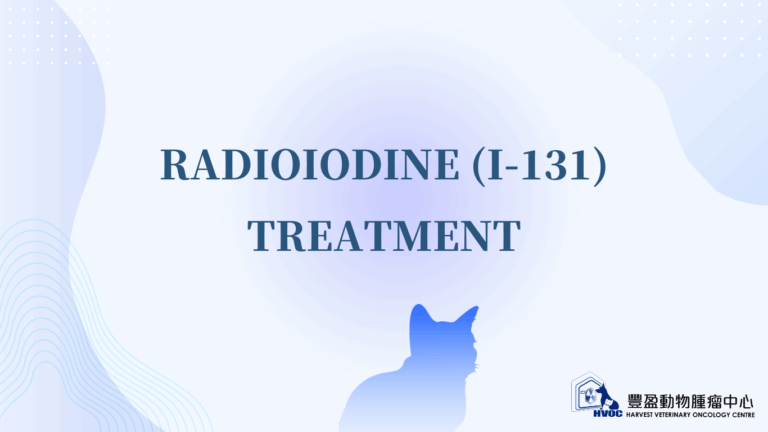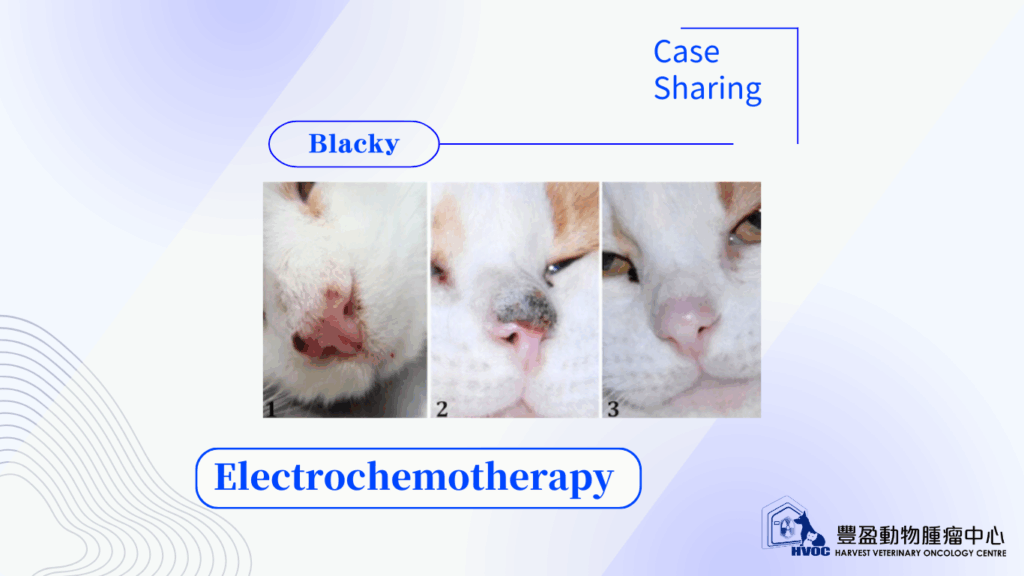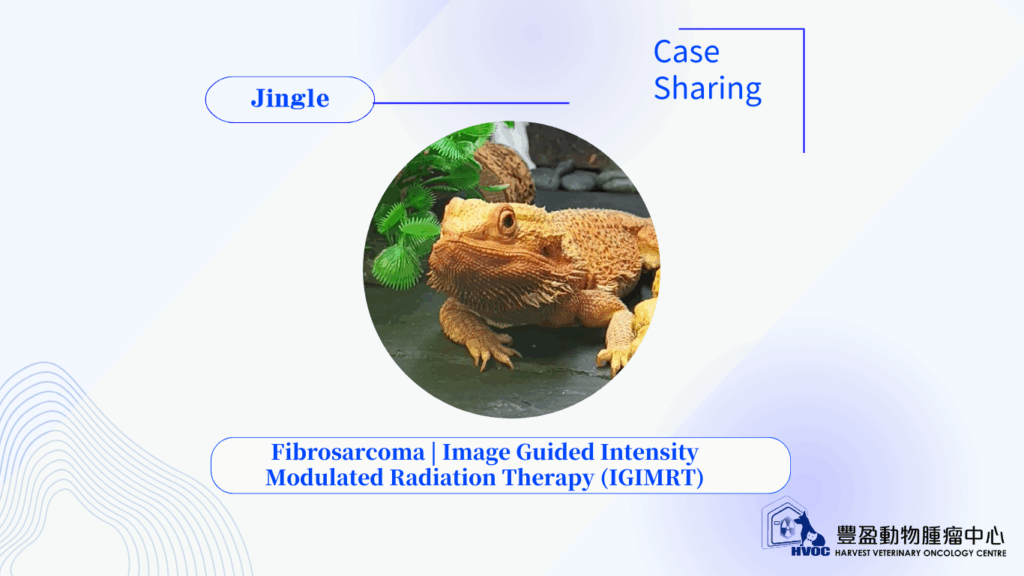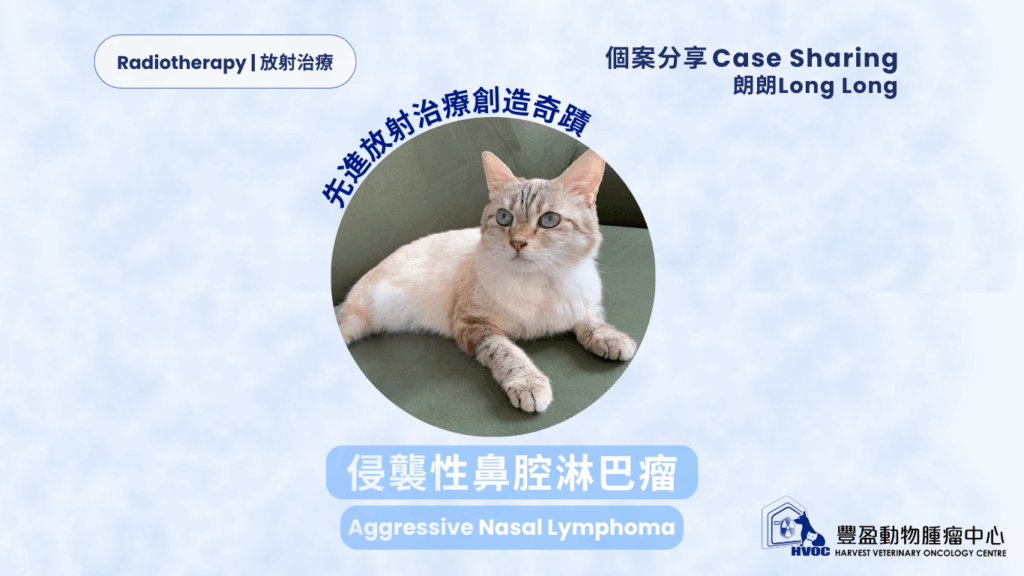
We previously administered radioiodine (I-131) treatment for a 16-year-old British Shorthair cat named Fei Dong to treat his hyperthyroidism. Before the treatment, we conducted examinations and tests, including blood tests and thyroid function assessments, to determine his suitability and the appropriate dosage of radioiodine (I-131).
On the treatment day, Dr. Tommy placed a nasogastric tube in Fei Dong to administer the radioiodine (I-131) into his stomach. Medical physicists measured and withdrew the prescribed dose of radioiodine (I-131) while wearing protective gear.
Radioiodine (I-131) was injected into his body through the nasogastric tube. Veterinarians closely monitored for any adverse reactions. After the injection, the used tools were safely disposed of in a specialized container for radioactive materials.
He stayed in the hospital for 14 days until his radioactivity level met safety standards. During his stay, veterinarians and medical staff continuously monitored his condition. The medical physics team regularly checked his radiation levels.
For cats with hyperthyroidism, owners should discuss treatment options with veterinarians. Radioiodine (I-131) treatment is recommended for severe or rapidly progressing cases, with a high success rate of approximately 90% in restoring normal thyroid function after a single treatment.






